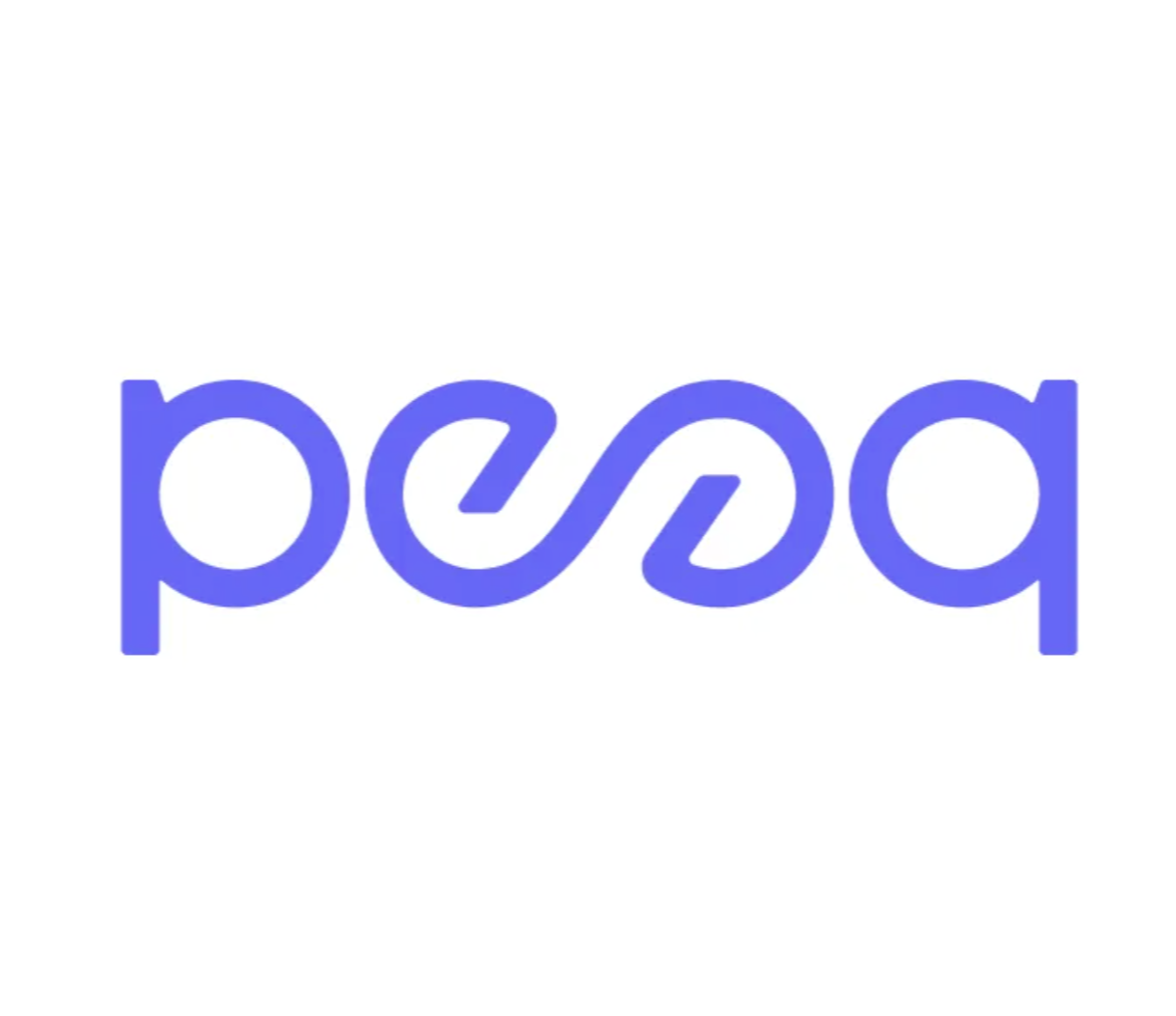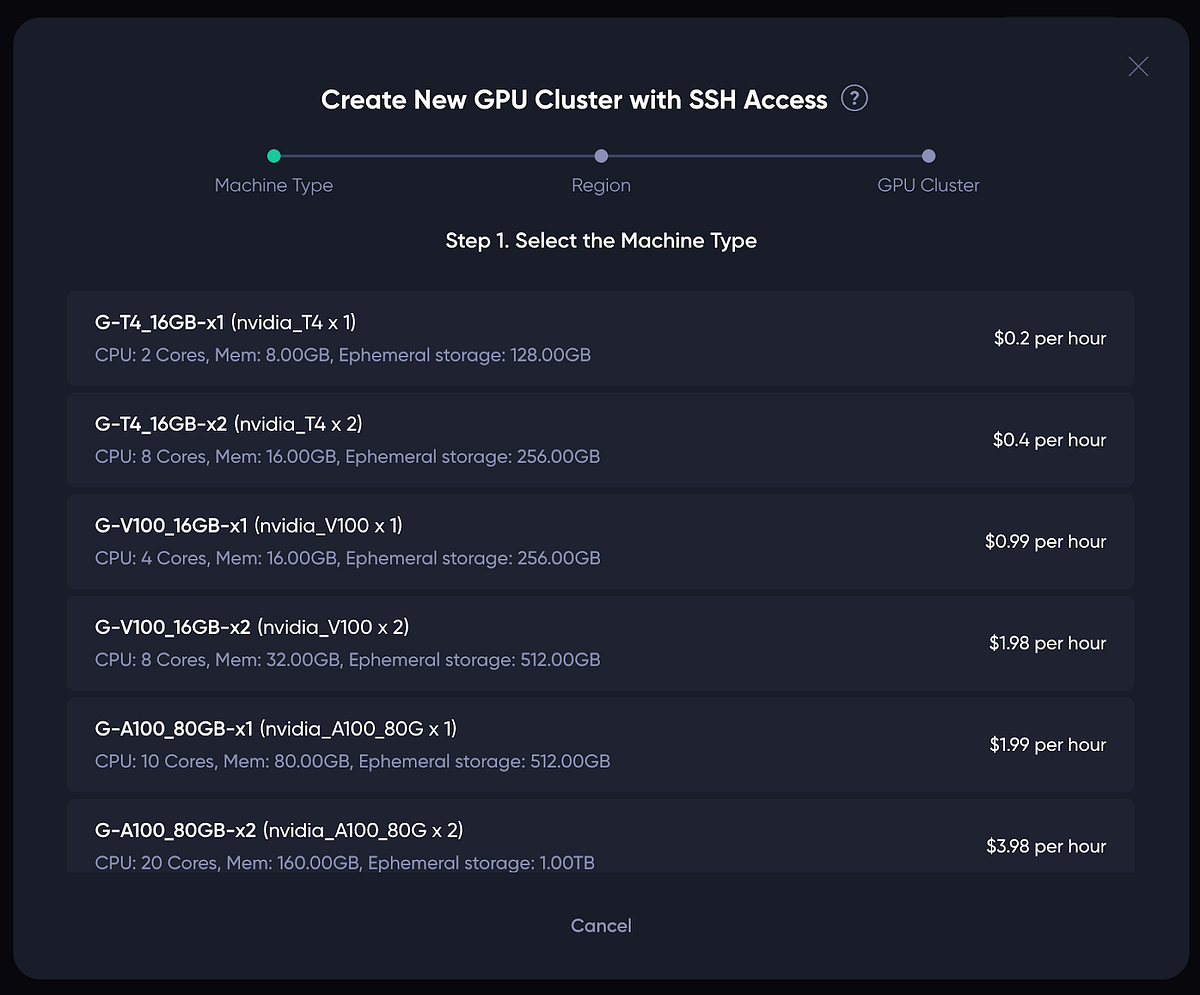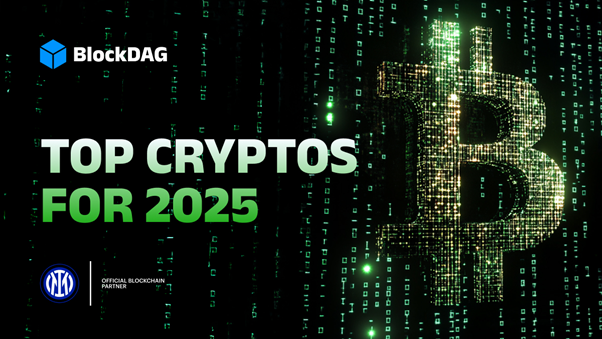The DePIN Explorer - DePIN Scan
Trending 🔥
DePIN Market Cap
$18,306,157,903
-5.7%
Volume
$6,749,840,950
+38.2%
DePIN Projects
321
DePIN Devices
40,430,747
+0.1%
DePIN Projects
DePIN Scan is the explorer for DePIN crypto projects. There are 321 DePIN Projects with a combined DePIN market cap of $18,306,157,903 and total DePIN devices of 40,430,747. Click into the projects below to learn how to start earning passive income today.
Project | Token | Category | Social Following | Market Cap | Token Price | 24h Trade VOL | 1D | 7D | 30D | Total Devices | Favorites | Last 7 days |
|---|---|---|---|---|---|---|---|---|---|---|---|---|
 | SOL | Chain | 2,983,977 | $81,181,333,687 | $155.35 | $4,728,223,455 | -6.5% | -11.9% | +3.7% | - | 23 | |
 | FIL | Server | 671,512 | $1,676,821,506 | $2.49 | $227,617,589 | -7.0% | -13.4% | -11.5% | 3,747 | 7 | |
 | THETA | ServerAI | 272,081 | $722,995,501 | $0.7248 | $42,779,454 | -10.9% | -18.1% | -6.7% | 5,885 | 4 | |
 | HNT | Wireless | 215,970 | $585,467,518 | $3.19 | $8,137,642 | -6.7% | -18.5% | -16.4% | - | 9 | |
.jpg) | GRASS | ComputeAI | 529,819 | $491,341,490 | $1.71 | $68,207,989 | -17.8% | -26.2% | +6.9% | - | 28 | |
 | ATH | Compute | 821,029 | $455,646,346 | $0.05008 | $144,816,926 | +0.6% | +1.9% | +66.7% | - | 4 | |
 | AKT | ServerAI | 124,188 | $334,476,101 | $1.23 | $10,946,634 | -11.1% | -18.7% | -28.4% | 472 | 5 | |
 | IOTX | Chain | 404,006 | $203,851,067 | $0.02155 | $21,896,095 | -1.7% | +3.1% | +13.4% | - | 66 | |
 | POKT | Server | 46,627 | $141,984,103 | $0.07058 | $67,030,032 | +62.9% | +460.8% | +429.9% | 16,264 | 0 | |
.jpg) | IO | ComputeAI | 512,187 | $131,678,168 | $0.8090 | $47,465,217 | -13.6% | -21.1% | -4.4% | - | 2 | |
 | HONEY | SensorAI | 50,652 | $110,242,143 | $0.02517 | $1,259,965 | -3.1% | -7.0% | -16.5% | 8,037 | 1 | |
 | PEAQ | Chain | 309,903 | $94,934,652 | $0.1062 | $7,700,532 | -6.7% | -14.9% | -20.1% | - | 14 |

a day ago
Coldware: Merging Blockchain with Usable HardwareColdware ($COLD) is making significant strides in the blockchain space by merging hardware with blockchain technology. Currently, the project is in its presale phase, with only 37% of tokens remaining at a price of $0.00625. Coldware aims to create a seamless bridge between hardware and blockchain, focusing on usability rather than vague promises. By offering devices like the Larna 2400 smartphone and ColdBook laptop, which function as lite nodes right out of the box, Coldware is making it easier for users to engage with decentralized finance (DeFi) without the need for complex setups. The project is powered by the $COLD token, which facilitates transactions, governance, and staking rewards while also allowing users to create their own tokens through a unique feature called Freeze.Mint.
In the broader landscape of blockchain projects, Pi Network and Theta Network are also noteworthy contenders. Pi Network has garnered a massive user base of over 60 million, but recent turbulence in token price has raised concerns about transparency. Despite this, Pi Network is pushing forward with a $100 million fund to support new projects within its ecosystem. Meanwhile, Theta Network is focusing on decentralized video infrastructure and has recently launched an AI Model API service to enhance its offerings. While both projects have potential, they have yet to achieve mass adoption, which remains a critical factor for their future success.
Overall, Coldware distinguishes itself by prioritizing real-world usability and privacy in its offerings. Unlike many crypto projects that are still in the conceptual phase, Coldware is already delivering functional hardware and a privacy-focused operating system. With its presale ongoing and a unique approach to integrating blockchain into everyday devices, Coldware presents an attractive opportunity for investors looking to enter the Web3 space. As the market evolves, the success of these projects will depend on their ability to deliver tangible benefits to users and achieve widespread adoption.

a day ago
Coldware: Bridging Hardware and Blockchain for a Usable Web3 ExperienceColdware ($COLD) is making significant strides in the blockchain space by integrating hardware with blockchain technology. Currently, the project is in its presale phase, with only 37% of tokens remaining at a price of $0.00625. Coldware aims to create a seamless bridge between hardware and blockchain, focusing on usability and real-world applications. Unlike many crypto projects that often rely on vague promises, Coldware is delivering tangible products such as the Larna 2400 smartphone and ColdBook laptop, which are designed to plug directly into the ecosystem and function as lite nodes out of the box.
In the broader context of the crypto landscape, Coldware is not alone. Pi Network and Theta Network are also making their mark with unique approaches. Pi Network, boasting over 60 million users, is focused on mobile-first crypto adoption but has faced challenges related to transparency after a significant token transfer raised concerns. Despite this, Pi Network is actively investing in its ecosystem with a new $100 million fund. On the other hand, Theta Network is carving out a niche in decentralized video infrastructure, recently launching an AI Model API service to enhance developer capabilities. However, it remains to be seen if these projects can achieve mass adoption.
What sets Coldware apart is its commitment to usability and privacy. The custom operating system is designed to block trackers and minimize data leaks, offering a stark contrast to mainstream tech solutions. With its focus on delivering a plug-and-play Web3 experience, Coldware is not just targeting crypto enthusiasts but aims to appeal to a broader audience. As the presale continues, the project presents a unique opportunity for early investors to engage with a platform that is already operational and focused on real-world usability.

2 days ago
Theta EdgeCloud Launches GPU Clusters for Enhanced AI Model TrainingTheta EdgeCloud has introduced a significant enhancement by enabling users to launch GPU clusters, which are essential for training large AI models. This new feature allows the creation of clusters composed of multiple GPU nodes of the same type within a specific region, facilitating direct communication among nodes with minimal latency. This capability is crucial for distributed AI model training, as it allows for parallel processing across devices. Consequently, tasks that traditionally required days or weeks to complete on a single GPU can now be accomplished in hours or even minutes, significantly accelerating the development cycle for AI applications.
The introduction of GPU clusters not only enhances training efficiency but also supports horizontal scaling, allowing users to dynamically add more GPUs as needed. This flexibility is particularly beneficial for training large foundation models or multi-billion parameter architectures that exceed the memory capacity of a single GPU. The demand for this feature has been voiced by numerous EdgeCloud customers, including leading AI research institutions, highlighting its importance in the ongoing evolution of Theta EdgeCloud as a premier decentralized cloud platform for AI, media, and entertainment.
To get started with GPU clusters on Theta EdgeCloud, users can follow a straightforward three-step process. This includes selecting the machine type, choosing the region, and configuring the cluster settings such as size and container image. Once the cluster is created, users can SSH into the GPU nodes, enabling them to execute distributed tasks efficiently. Additionally, the platform allows for real-time scaling of the GPU cluster, ensuring that users can adapt to changing workloads seamlessly. Overall, this new feature positions Theta EdgeCloud as a competitive player in the decentralized cloud space, particularly for AI-driven applications.

3 days ago
Top Crypto Tokens to Watch in 2025: BlockDAG, Toncoin, Litecoin, and FilecoinAs 2025 approaches, the cryptocurrency market is abuzz with speculation about which tokens will emerge as top performers this year. Investors are shifting their focus from mere hype to tangible progress, adoption rates, and strategic market positioning. Among the frontrunners, BlockDAG is gaining significant attention, alongside established players like Toncoin, Litecoin, and Filecoin, each offering unique advantages worth monitoring.
BlockDAG is making waves with its ambitious exchange strategy, planning to list on 20 centralized exchanges on June 13. This aggressive move is not just about visibility; it signifies a readiness to expand its market reach. With over $273 million raised and a presale currently underway, BlockDAG has already sold more than 21.4 billion coins, yielding substantial returns for early investors. Its hybrid model, which combines DAG scalability with Proof-of-Work reliability, is attracting both developers and miners, positioning it as a serious contender in the crypto landscape.
On the other hand, Litecoin remains a reliable choice in the crypto sphere, known for its fast transactions and low fees. Its potential in cross-border payments is gaining traction, appealing to investors seeking a blend of legacy trust and future utility. Meanwhile, Toncoin benefits from its integration with Telegram, providing seamless access to millions of users and enhancing its adoption prospects. Lastly, Filecoin is carving out its niche in decentralized storage, catering to the growing demand for secure data solutions. Each of these tokens presents distinct opportunities, but BlockDAG's early momentum and strategic roadmap may give it the edge in the competitive crypto market of 2025.
Signup for latest DePIN news and updates






.png)
.jpeg)